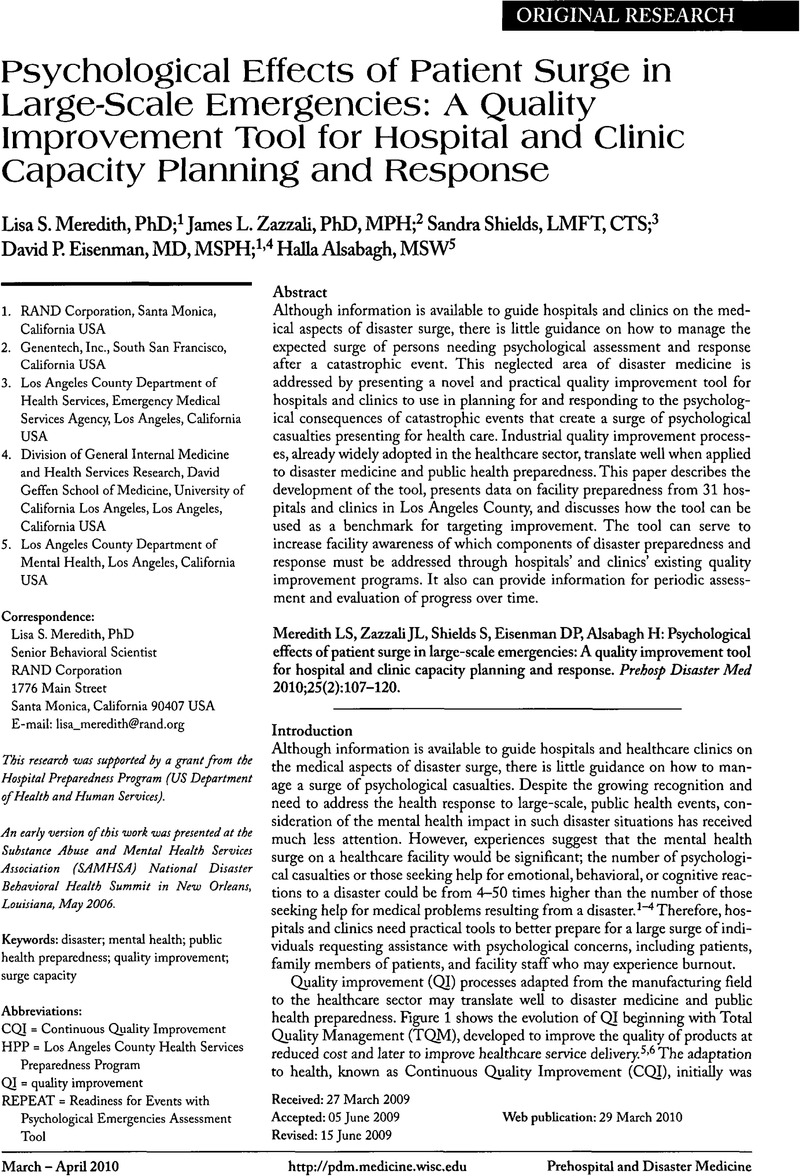Crossref Citations
This article has been cited by the following publications. This list is generated based on data provided by Crossref.
WATSON, SAMANTHA K.
RUDGE, JAMES W.
and
COKER, RICHARD
2013.
Health Systems’ “Surge Capacity”: State of the Art and Priorities for Future Research.
The Milbank Quarterly,
Vol. 91,
Issue. 1,
p.
78.





